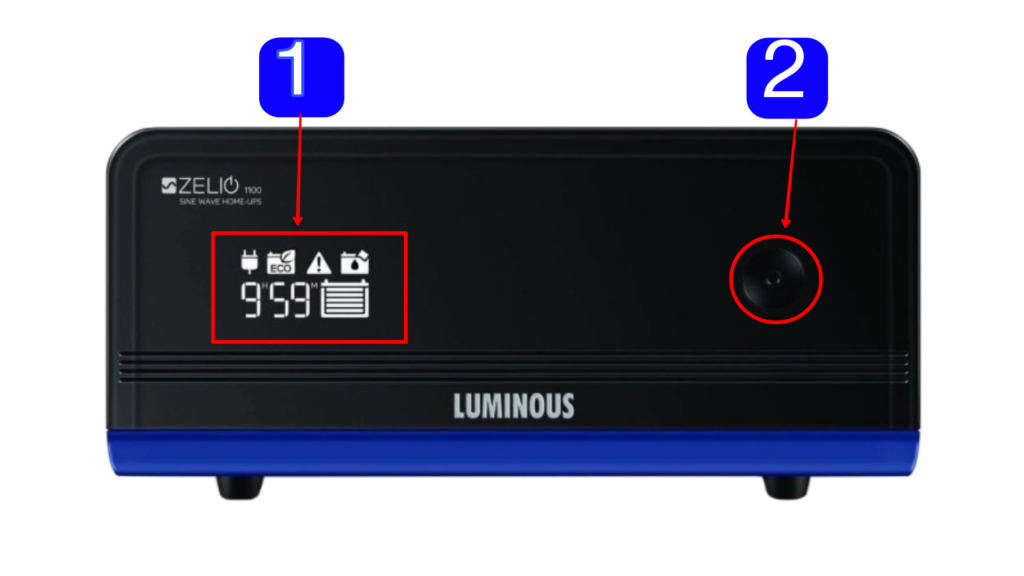Uninterruptible Power Supplies (UPS) and inverters are used to supply electricity, often confused with each other. The best way to comprehend the difference between UPS and an inverter is by first understanding how it’s work?

What is UPS (Uninterruptable Power Supply)?
UPS (Uninterruptible power supply) is a system which uses a battery and an inverter to provide continuous power supply. When is no power, the battery (with the help of inverter)will help to power up all the connected AC devices and run with UPS. When is there power supply, battery will be charged by UPS inbuild battery charger and Output AC supply will be used to power up the devices.
UPS on the other hand does not have time lag and In UPS output power supply always stays ON , there is no switching and no time delay in switching its sources making it useful for power critical applications. But the UPS cost is high.
The UPS is Mainly three types?
- Online UPS: Zero time delay in switching, high-performance output because it protects the output load from input voltage spike and distortion
- Offline UPS: It is more efficient and reliable because it mostly stays off. It requires smaller heat sinks because of low operating temperature due to its off state mostly. It is cheaper than Online UPS.
- Line Interactive UPS: Line-interactive UPS draws its features both from Online and Offline UPS. line-interactive UPS the inverter is part of the output. While the AC input is usual, the inverter will work in reverse to charge the battery and turn to battery power when the input fails. Switching time lower than Offline UPS Internal components provide filtering and voltage regulation.
What is an inverter?
The inverter is an electronic circuit that changes the DC to AC. It does not generate electric power, the power is supplied from the battery. The input voltage of the inverter is the constant DC power source and their output convert DC to AC Power supply may be square wave, sine wave or pulse sine wave depends on the circuit and design of the inverter. The frequency of the output wave of the inverter remains same as that of the standard frequency in India 50Hz and some other country 60 Hertz. Inverters purpose is to provide power backup to total home appliances, lights, fans , cooler. Inverter uses flat plate or tubular battery to store electricity. So it requires continuous maintenance, needs to fill the distilled water toppings at regular intervals of time.

Another point to note is that an inverter works inversely to convert the AC supply into DC current during mains ON, which helps charge the battery. Since the battery is attached externally to the inverter, higher capacity batteries typically between 80Ah-220Ah are used, which supply 2hrs to 6hrs of power backup. Also, during Mains Power Off it takes about 10-25 ms (millisecond) for inverter relays to switch over from mains power to battery supplied power. Even this small delay of 10-25 ms (millisecond) is not appreciated in the banking sector, hospitals where people on life support systems need constant oxygen supply, and homes where computers or other sophisticated appliances are used.
Inverter mostly use for power Back up for Long Duration and Inverter does not give protection against voltage fluctuations.
For more information you can also visit our YouTube channel “Electrical Learner“.


